Au padel, when a player succeeds in exiting the field, the audience is amazed. This exceptional shot is relatively rare among amateurs. We see it much more when the pros do the show or among experienced players.
Going off the field is without a doubt one of the most spectacular situations in the sport of racket, an action that is usually seen in every game of the World Padel Tour.
1. When can we do a field trip?
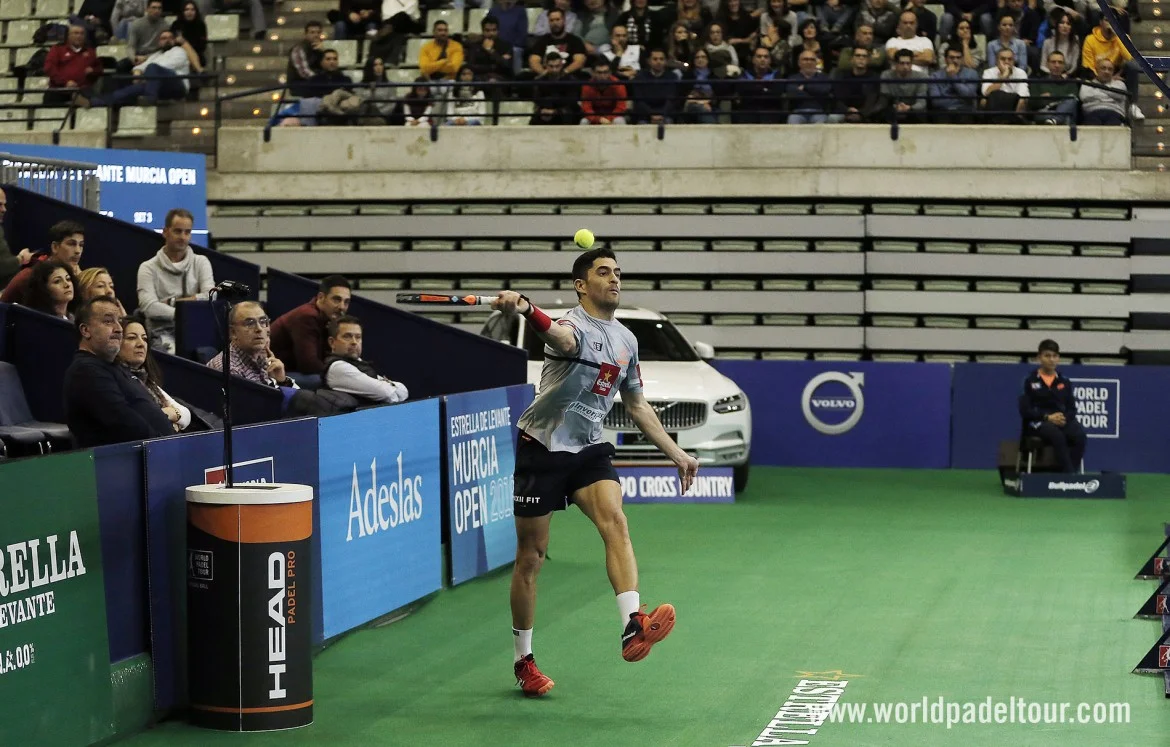
According to the regulations, it is possible to make one if both sides of the ground allow it. In theory, if one of the two sides does not allow a field trip, it is impossible for players to play outside the walls of the field.
If there is nothing to prevent a field trip or if there are obstacles, but which are outside a rectangle two meters wide, four meters long and three meters high, the players will have the right to go out.
When we go to play padel in our club, therefore, we have to look at those distances. In an official match, it will be necessary to refer to the tournament referee who will grant or not the exits from the field.
Clubs padel do not necessarily take into account the space needed for players' outings because this remains relatively rare and even more so among amateurs or leisure players. In general, the spaces are optimized to build the most land of padel possible… Even more indoors. where the price of m2 is expensive.
This is why in some tournaments, the referee does not grant field trips, because all the courts do not allow, and for reasons of equity for teams, the ban is for everyone. However, during the tournament, which has reached a certain turn, it may grant these outings if all games are on the same court or on more than one, allowing the players to go out safely.
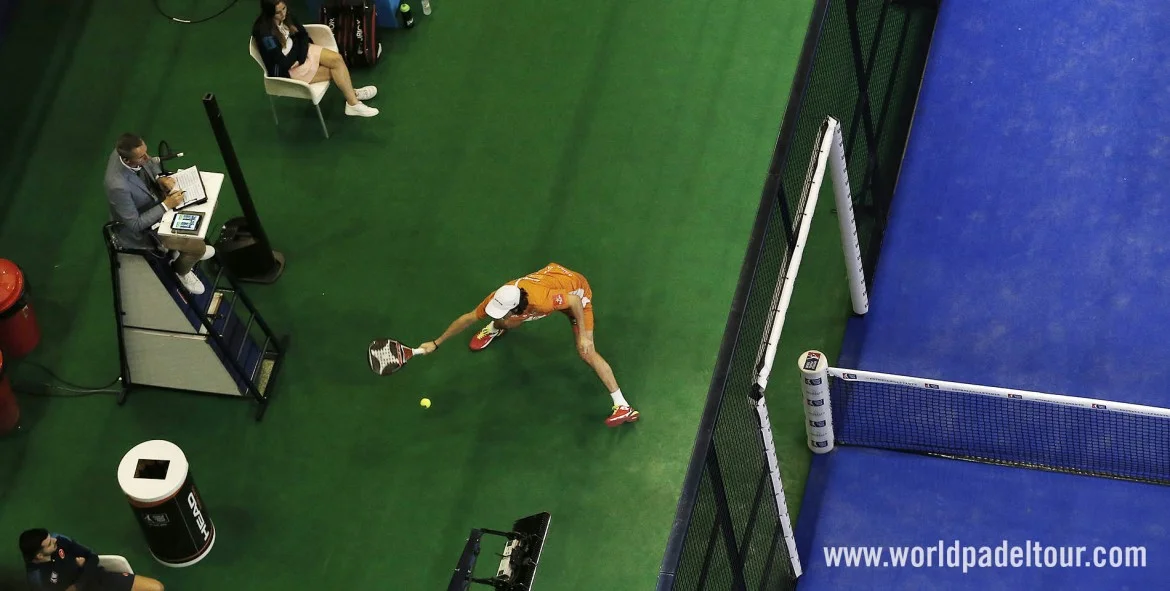
2. What is a field trip?
Let's proceed in stages:
1. First of all, is the lob long enough? Should we expect a PAR3 from the opponent? Should we expect an offensive smash from the opponent?
2. When the case arises and the ball is short, we have to watch the opponent who is going to spike. This can be straight ahead (PAR 4) or crossed (PAR3). The important thing will be to go forward, and guess where he will smash.
3. This known data will be of great help to us, because if the player has smashed, we will already be advanced to counter him. However, if the player is faking, we will have to back up quickly to regain our position.
4. If the opponent performs a PAR 3 (cross smash coming out of the field), we will have to leave the field with extreme care, and have a slight idea of where the ball is going.
5. Once we have passed the door, we will have to turn, and do a quick preparation, because we have almost no time. While we are performing it, we have to keep an eye on the trajectory of the ball. Sometimes we don't have time to turn around, and we try complicated things.
6. Finally, it's up to you to hit the ball adjusting it to bounce off the side your opponents are on. It depends on how the ball is coming, we can:
- Send the ball directly through the gate into the net on the opponents side.
- Pass the ball through the door, bounce the other side, and bring it out through the other door.
- Make it go over the wall (grid) to make a sort of lob to our opponents.
Alexis Dutour is passionate about padel. With his training in communication and marketing, he puts his skills at the service of padel to offer us articles that are always very interesting.















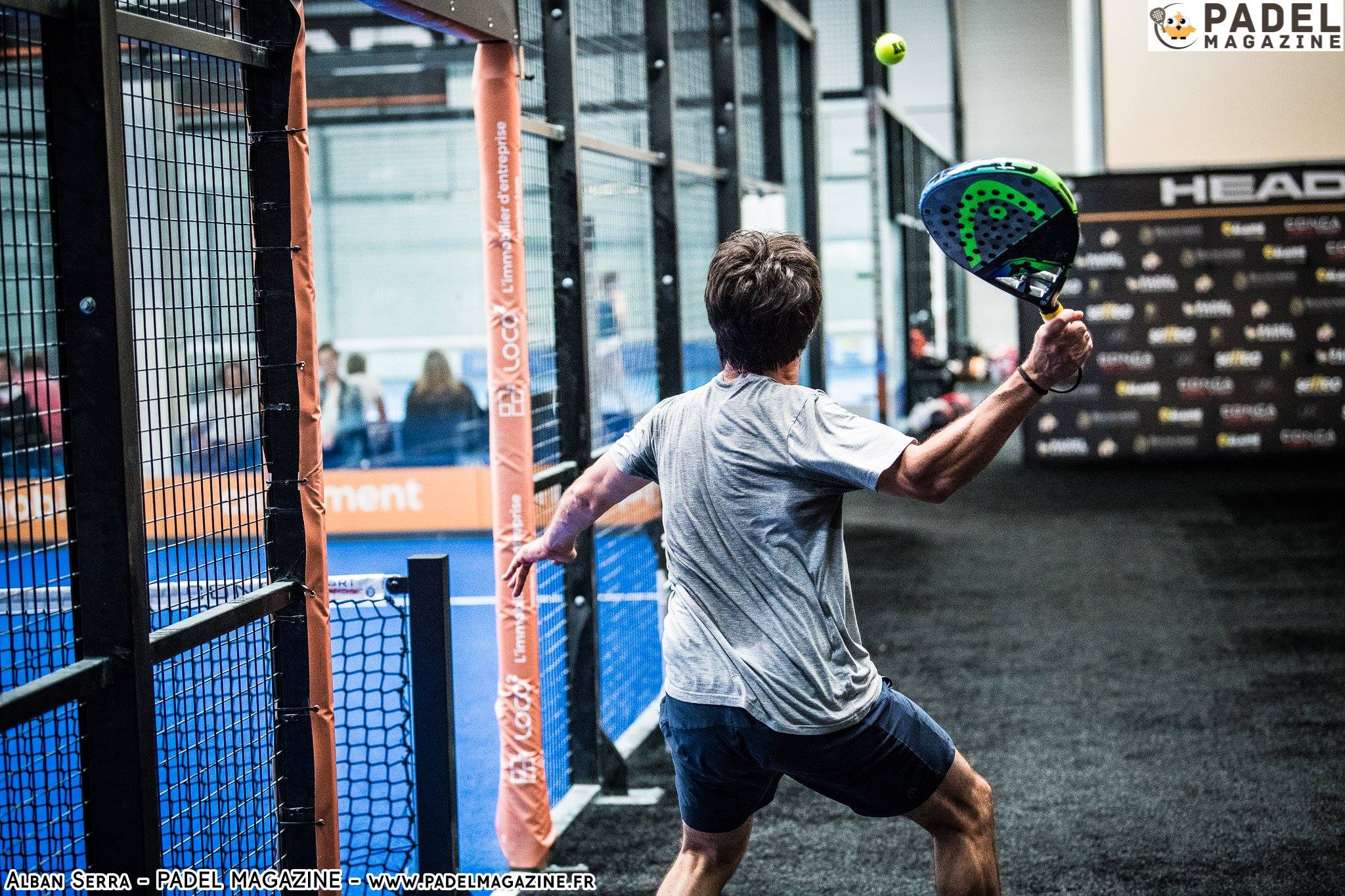
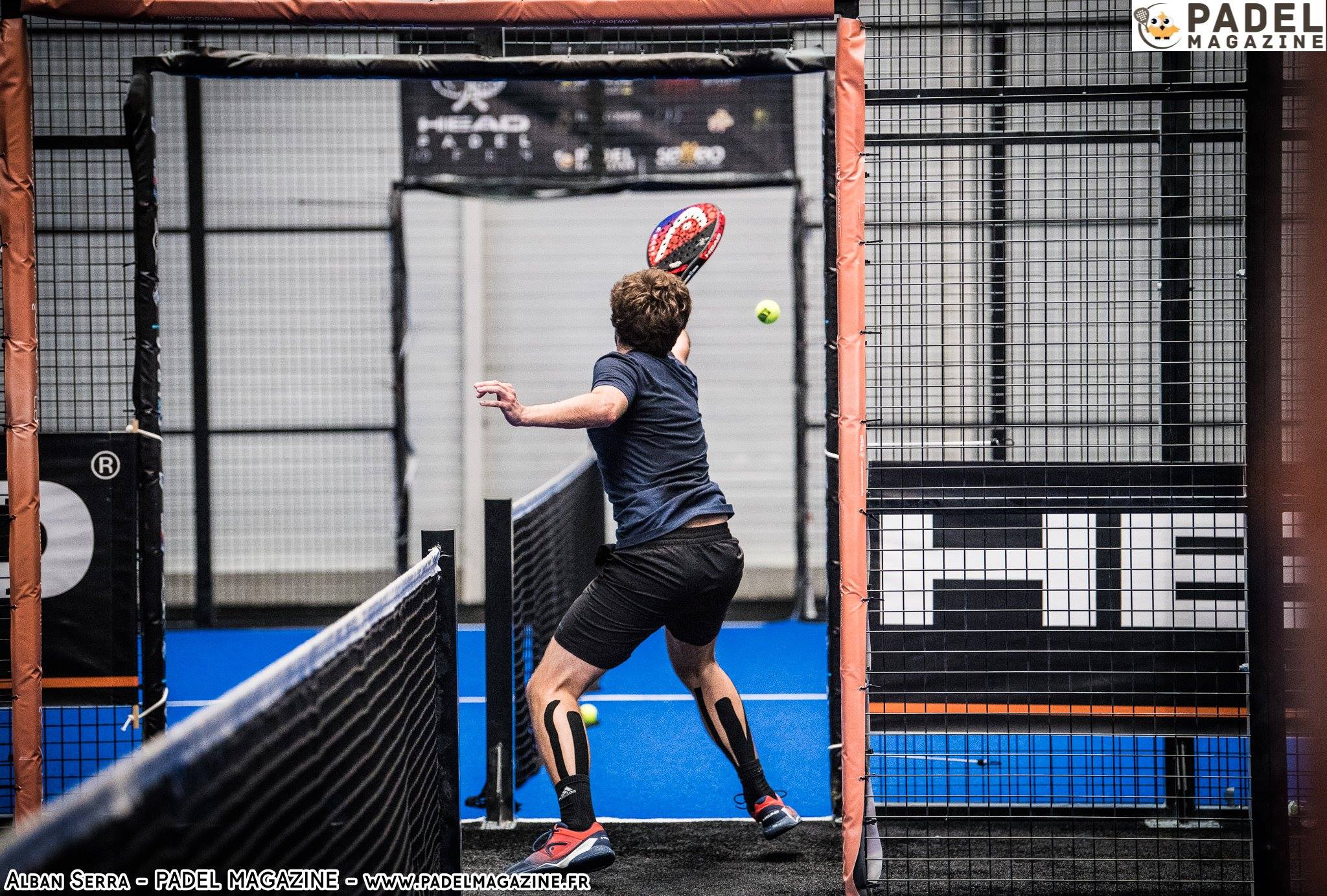
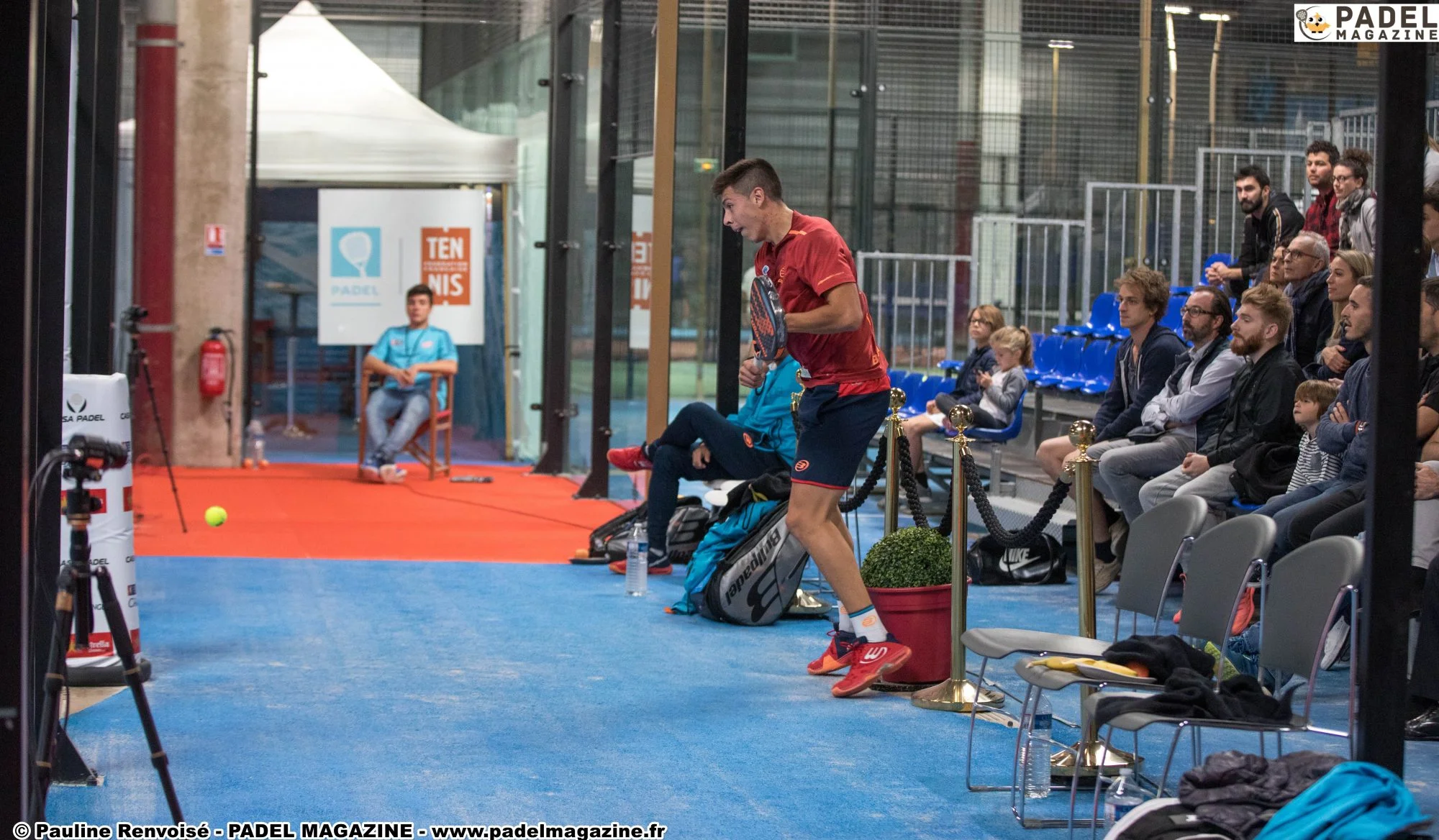
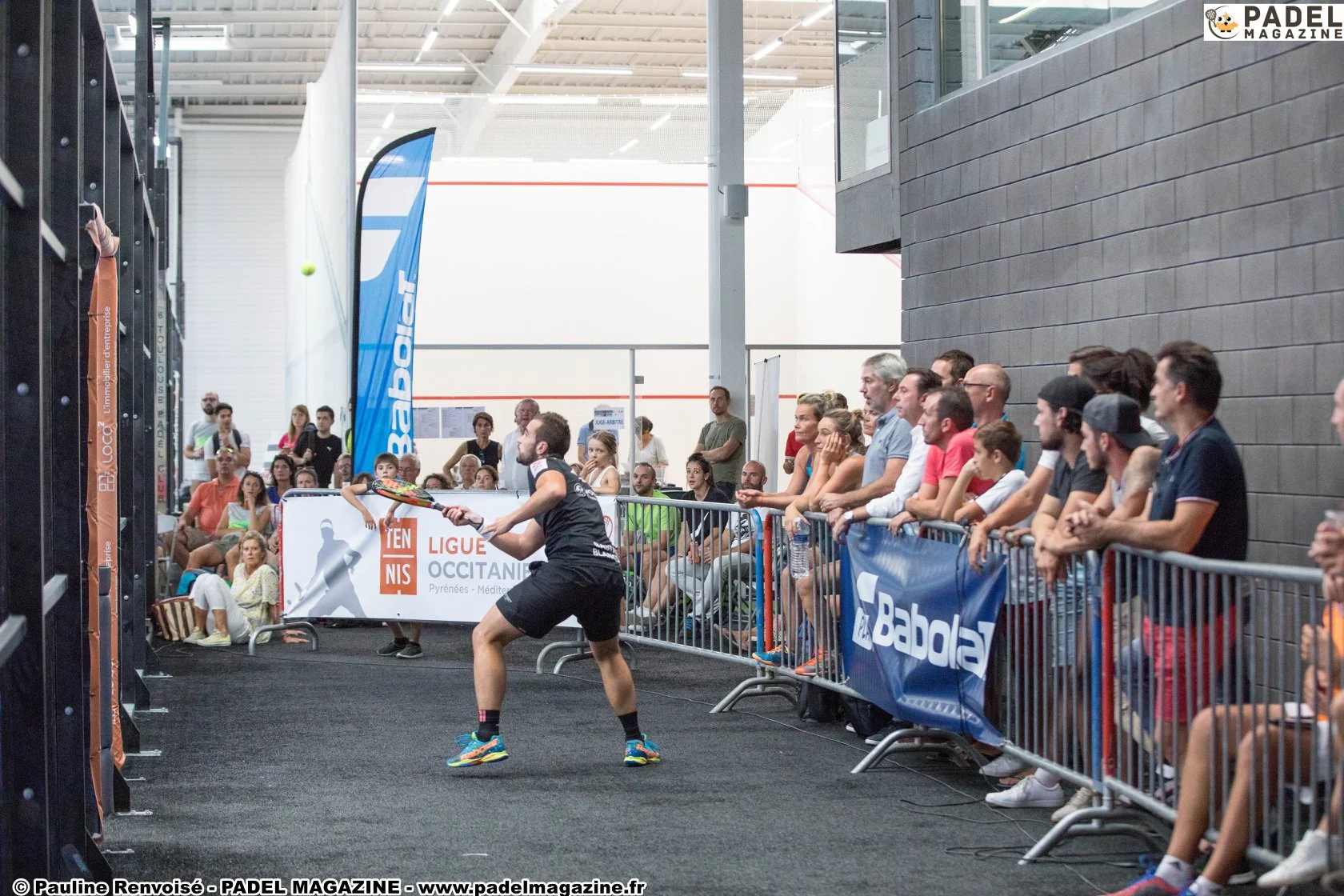
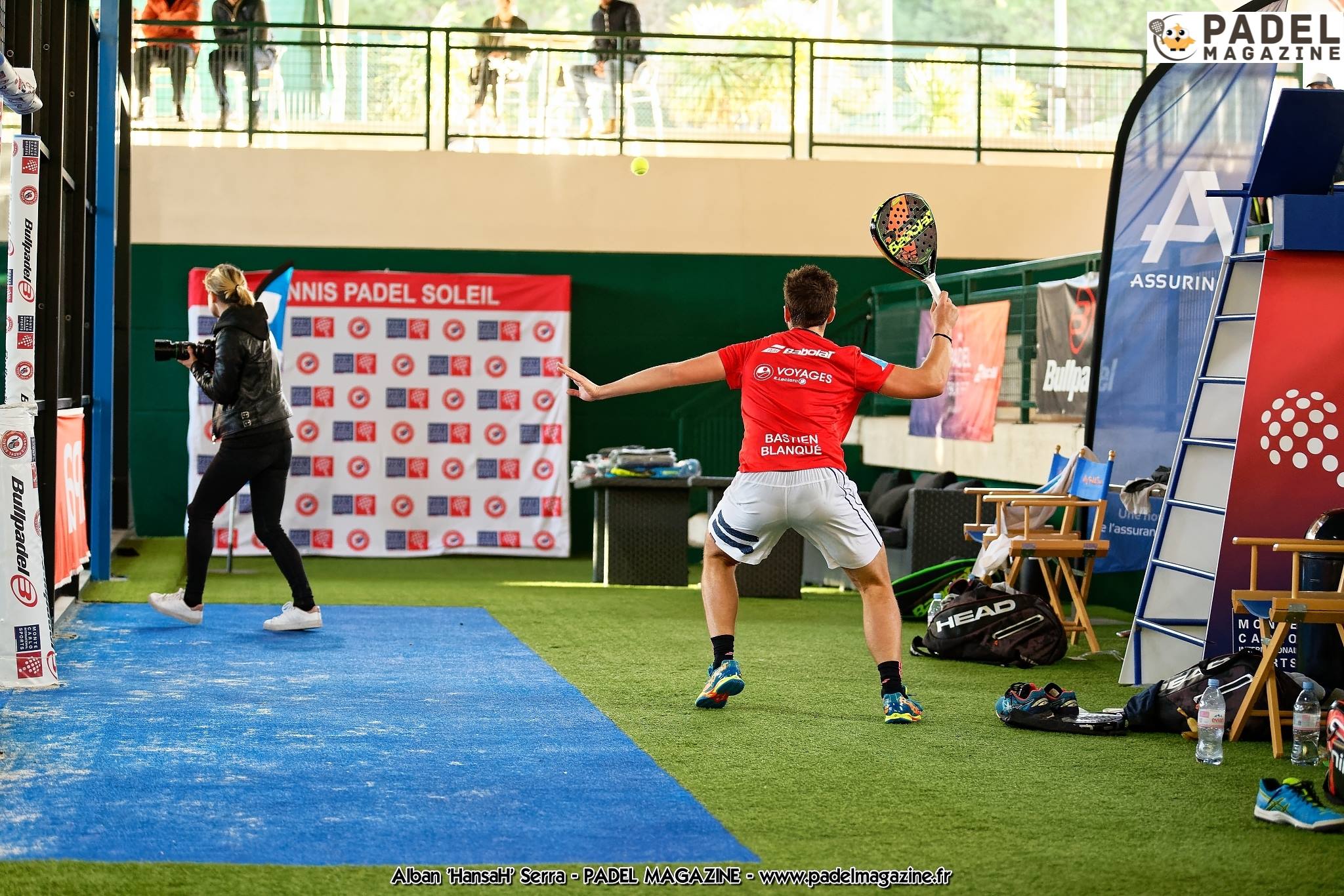




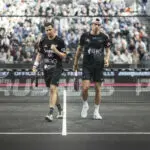





































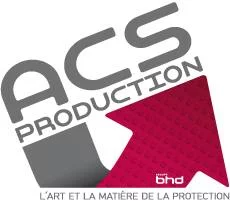







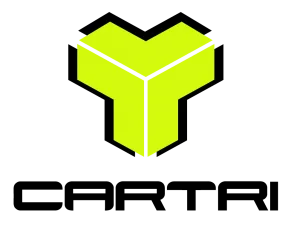



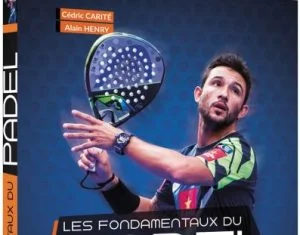















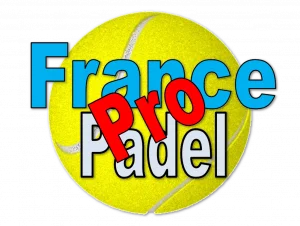














 Premier Padel Brussels P2 – Alix Collombon and Julieta Bidahorria tackling the Brea/Gonzalez mountain
Premier Padel Brussels P2 – Alix Collombon and Julieta Bidahorria tackling the Brea/Gonzalez mountain Guillaume Codron: “South Padel, a family project”
Guillaume Codron: “South Padel, a family project” Gilles Moretton: “We will be able to put the padel at the level of tennis”
Gilles Moretton: “We will be able to put the padel at the level of tennis” Soon 10 clubs equipped with Spash technologies in Italy!
Soon 10 clubs equipped with Spash technologies in Italy! Nallé Grinda: “Democratize the padel in the USA with PadelX "
Nallé Grinda: “Democratize the padel in the USA with PadelX " Simon Boissé: “We know that there are two nations in front of us”
Simon Boissé: “We know that there are two nations in front of us” Marie Maligo: “This period of frequent changes of partners was beneficial for me”
Marie Maligo: “This period of frequent changes of partners was beneficial for me” Two P1000 doubled prize money approaching!
Two P1000 doubled prize money approaching! José Manuel Escin at the inauguration of Casa Padel DOS: “Finally, and thank you!”
José Manuel Escin at the inauguration of Casa Padel DOS: “Finally, and thank you!” Premier Padel Brussels P2 – Paquito Navarro and Juan Lebron went through all the emotions…
Premier Padel Brussels P2 – Paquito Navarro and Juan Lebron went through all the emotions… Premier Padel Brussels P2 – The eighths live
Premier Padel Brussels P2 – The eighths live Premier Padel Brussels P2 – Collombon and Bidahorria qualified for the second round
Premier Padel Brussels P2 – Collombon and Bidahorria qualified for the second round Padel Score comes to Tahiti for American Express Padel Cup!
Padel Score comes to Tahiti for American Express Padel Cup! Do you know the Rafa Nadal Academy Tour?
Do you know the Rafa Nadal Academy Tour?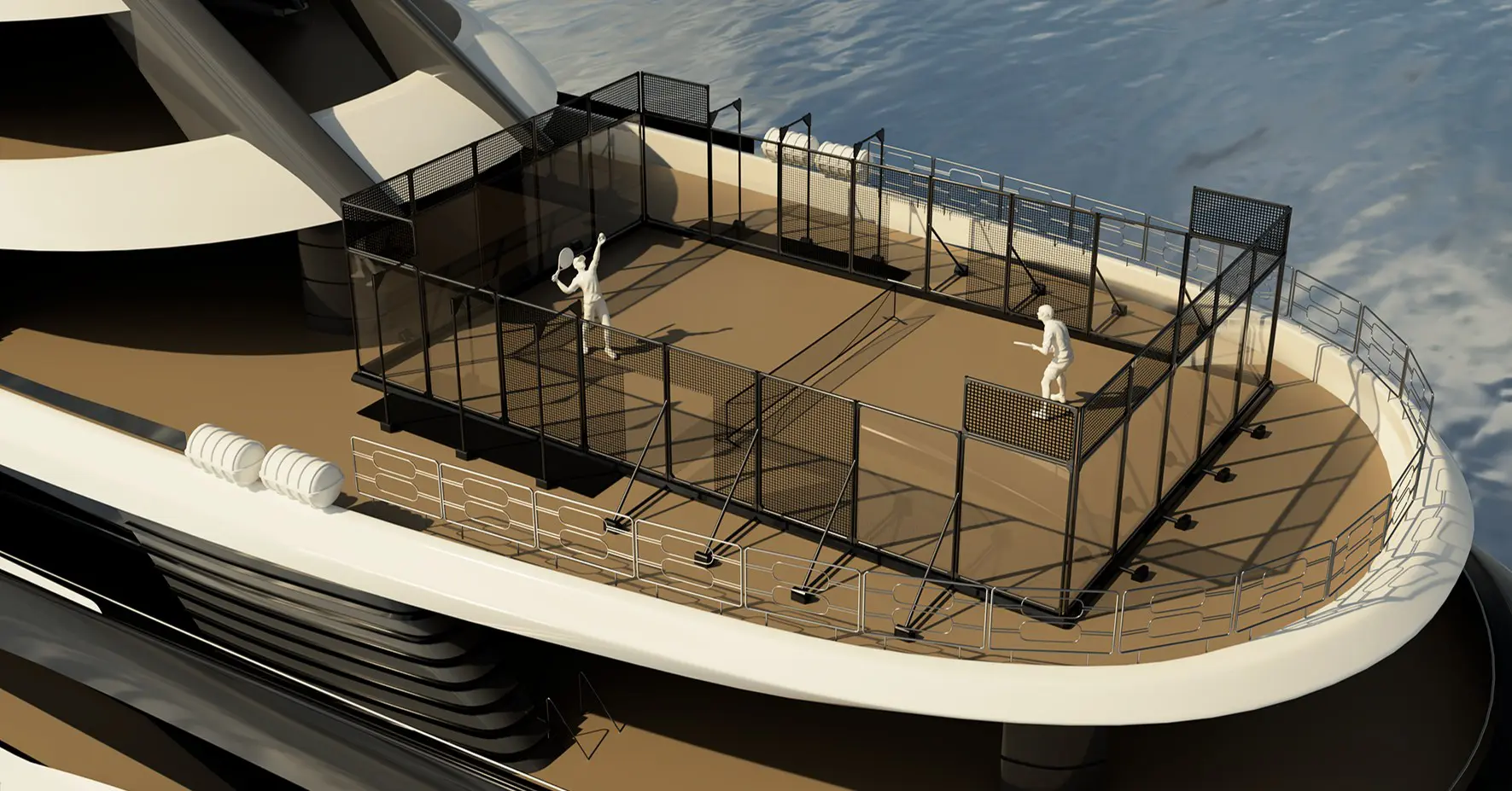 Play at padel on his yacht? Possible for €233.000!
Play at padel on his yacht? Possible for €233.000! Our Top 10 training courses padel in France and Europe
Our Top 10 training courses padel in France and Europe At the heart of padel – Episode 25: Paul and Andoni answer your questions
At the heart of padel – Episode 25: Paul and Andoni answer your questions Tactical padel – What to do when faced with players who systematically stay at the bottom?
Tactical padel – What to do when faced with players who systematically stay at the bottom?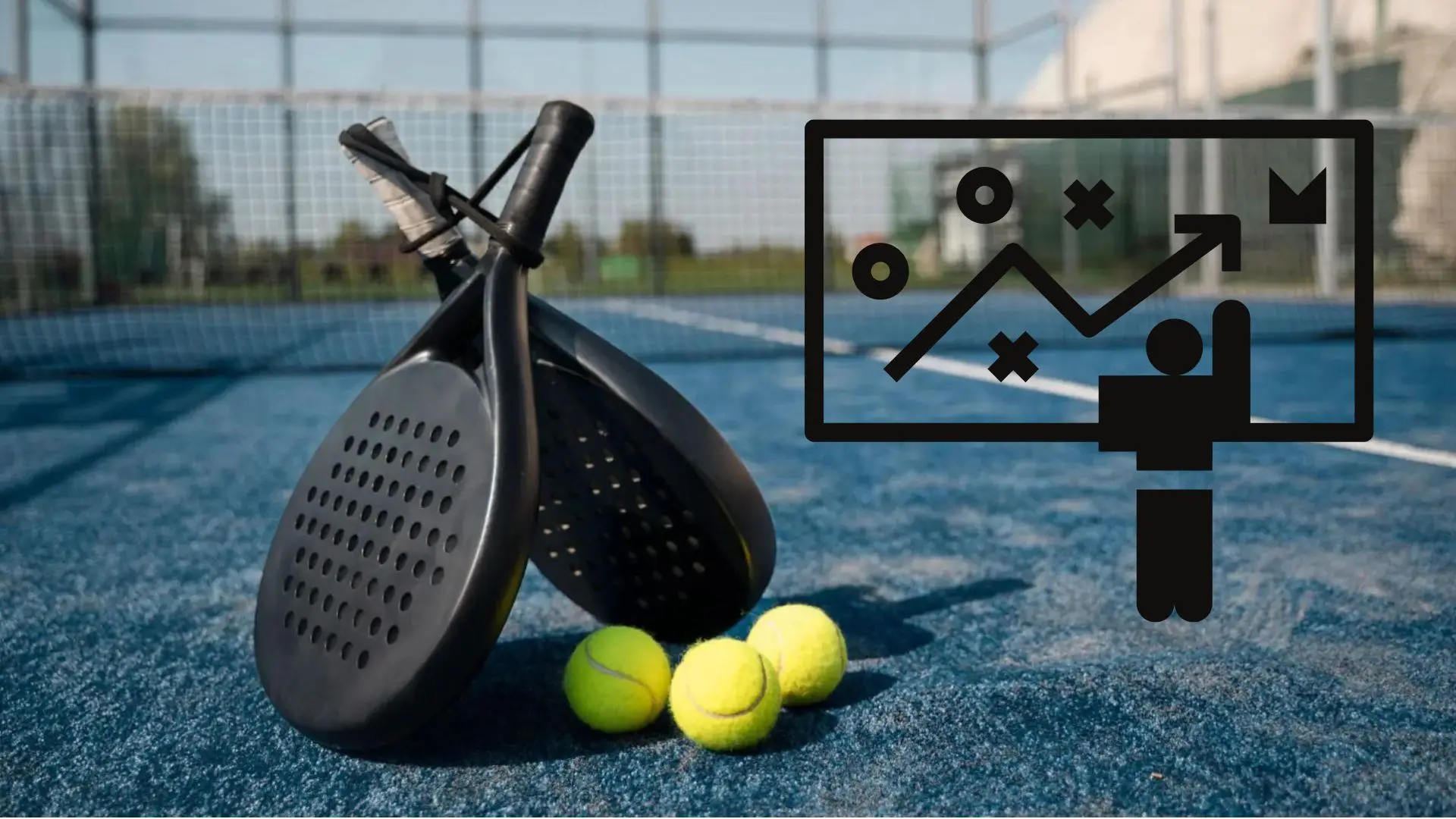 The basic tactics of padel
The basic tactics of padel At the heart of padel – Episode 25: Paul and Andoni answer your questions
At the heart of padel – Episode 25: Paul and Andoni answer your questions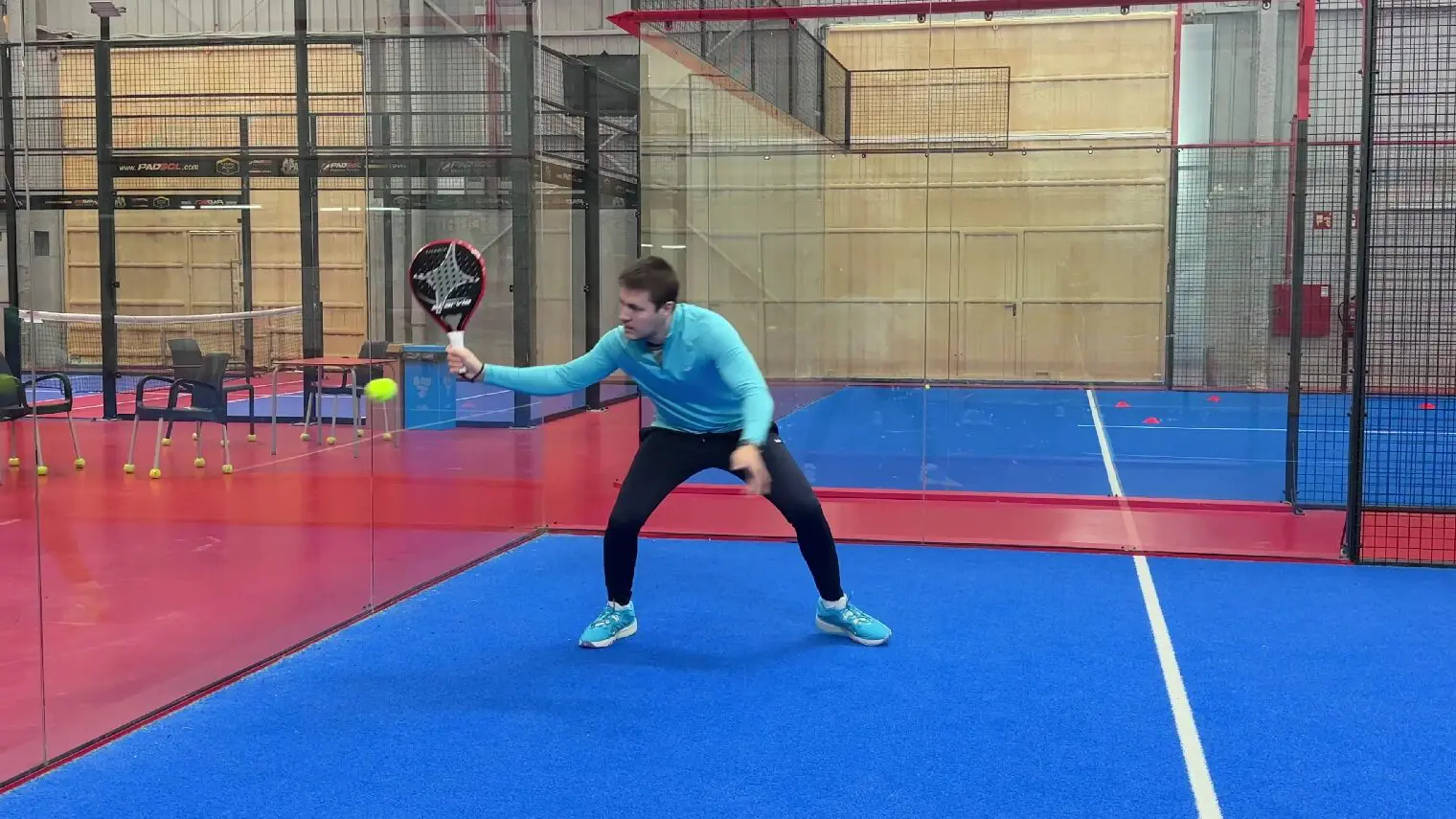 At the heart of padel – Episode 23: defend the window well
At the heart of padel – Episode 23: defend the window well Prohibition on playing topless Padel : the reasons
Prohibition on playing topless Padel : the reasons FIP Tour – Going far from Europe, THE strategy to earn points!
FIP Tour – Going far from Europe, THE strategy to earn points! What is a good football player? padel ?
What is a good football player? padel ? “Lefties give me headaches when I play against them!”
“Lefties give me headaches when I play against them!” At the heart of padel – Episode 14: how to earn points in winter?
At the heart of padel – Episode 14: how to earn points in winter?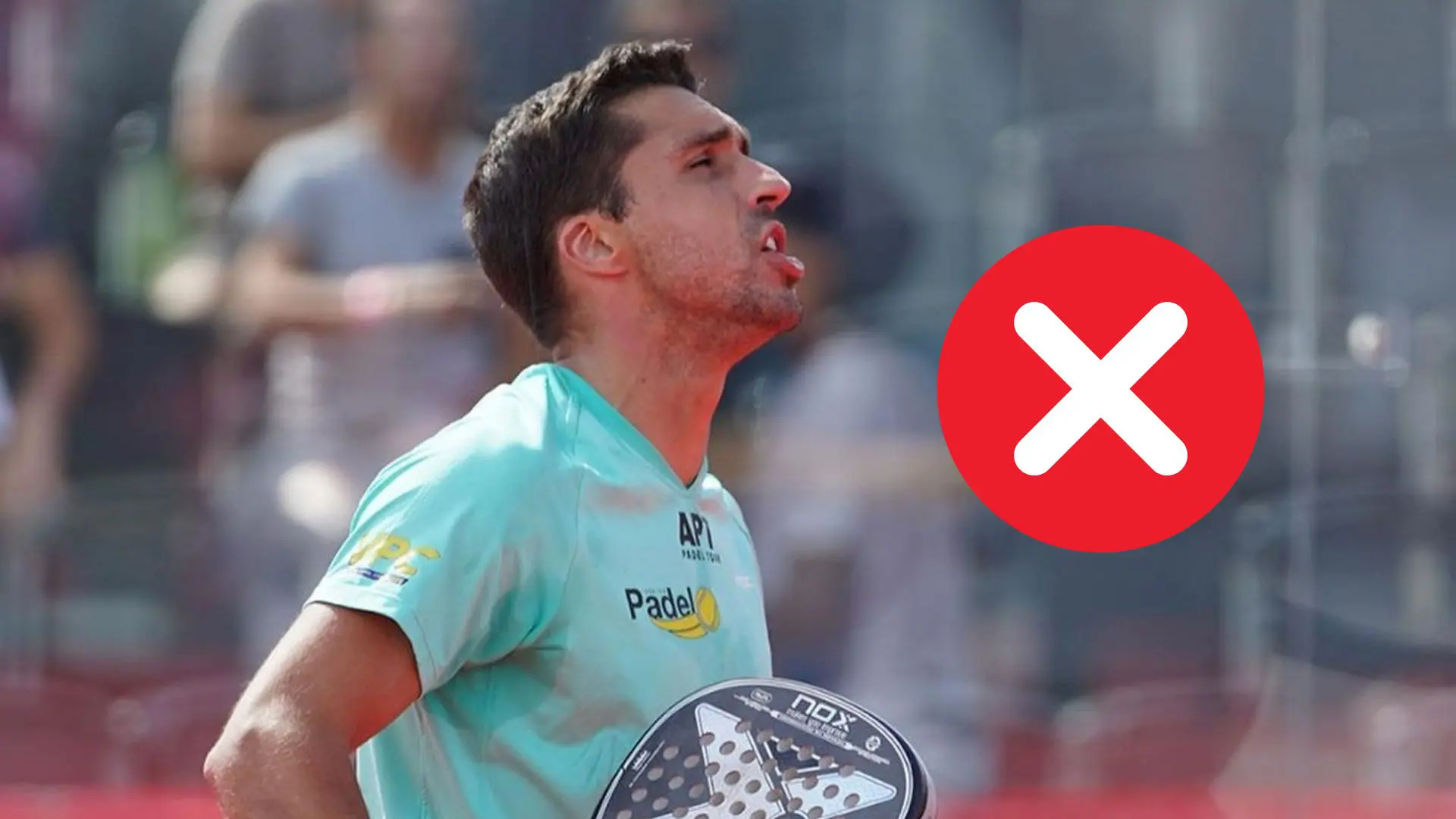 A par 4 is always a winner...even if you manage to defend it!
A par 4 is always a winner...even if you manage to defend it!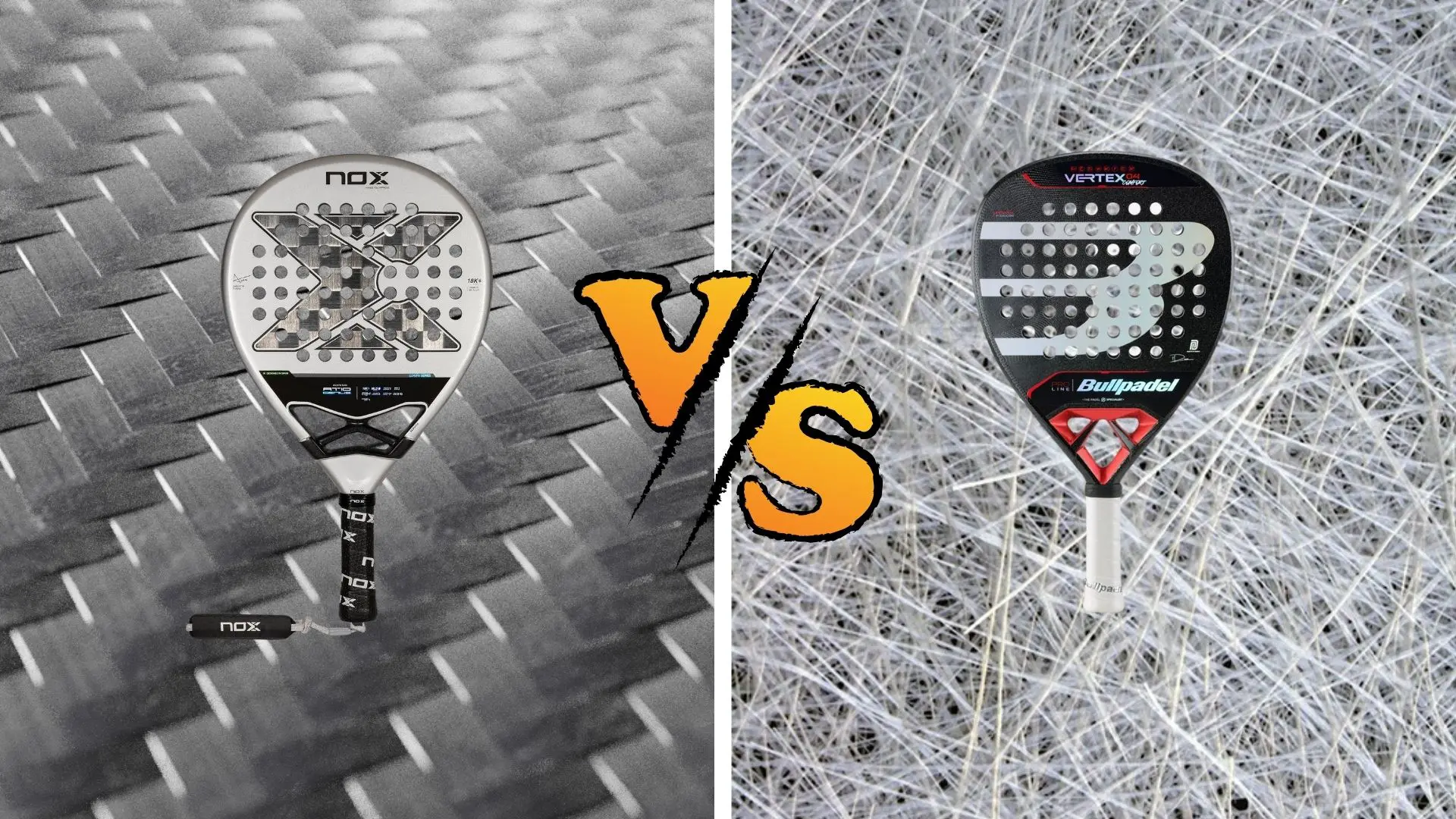 Carbon fiber VS fiberglass: what to choose?
Carbon fiber VS fiberglass: what to choose?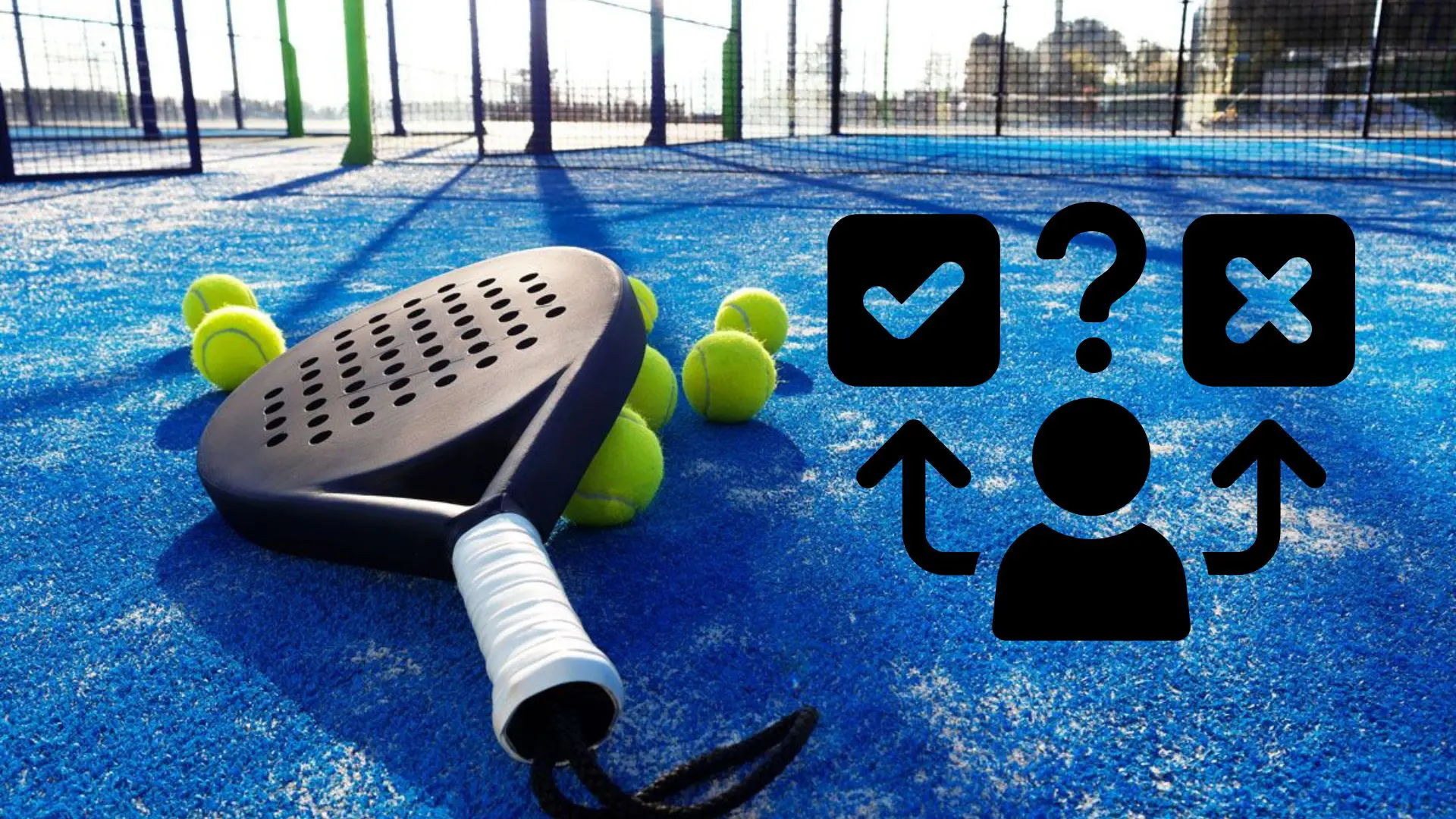 How to effectively test a racket padel ?
How to effectively test a racket padel ? La padel to fight Parkinson's disease
La padel to fight Parkinson's disease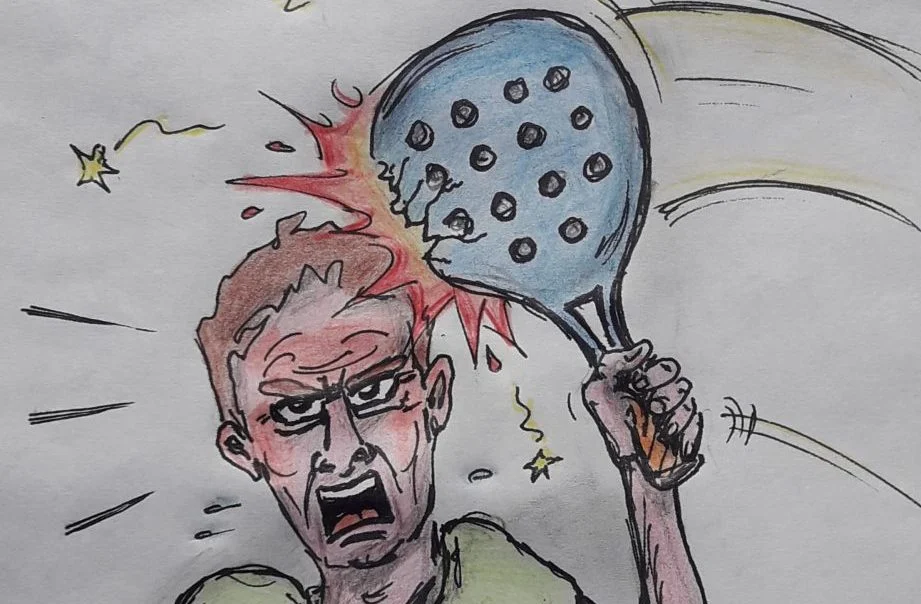 Don't play with a cracked or broken racket, your body will thank you!
Don't play with a cracked or broken racket, your body will thank you! Michel Cymes: “The padel, physically, it’s serious!”
Michel Cymes: “The padel, physically, it’s serious!” Jeremy Gala: “Promote the padel among young people in Belgium remains a challenge”
Jeremy Gala: “Promote the padel among young people in Belgium remains a challenge” The French Touch Academy organizes its selection day Padel-Study
The French Touch Academy organizes its selection day Padel-Study Report on the detection and training of younger generations
Report on the detection and training of younger generations